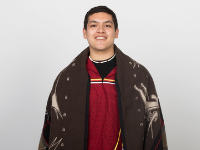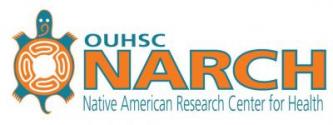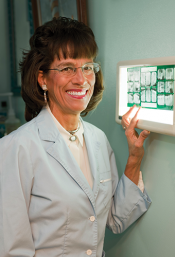Translations 4 Our Nations


Meet Victor Carmen-Lopez, a Harvard Medical School student and a member of the Crow Creek Sioux and Pascua Yaqui Tribes. Concerned about the lack of health guidance available to Indigenous communities, and the high incidence of COVID-19 among them, Victor launched Translations 4 Our Nations to help bring vital information to some of those who need it most. Working with the CDC, Harvard Medical School and Mount Sinai in New York, the group created concise, readable fact sheets first in English and Spanish languages (geared to their particular health concerns around COVID-19). Now, 140 indigenous translators, paid through grants, are interpreting this information in the 100 languages they collectively speak.
Disproportionate National Shortage

Did you know that there are only around 3,500 Native American physicians in the United States? That’s a disproportionate national shortage. Financial and cultural constraints have long been a barrier to Native Americans. One woman trying to change this is Dr. Jennifer Edwards, a primary care physician and AAIP Member at the Reno-Sparks Tribal Health Center. She's Alaska Native and is the only Native doctor at the center. Today she works at the clinic with her husband Mark and both advocate for bringing more Indigenous people into higher education, medical school and professional health careers. Read more about the disproportionate national shortage.
Native American Contributions to Public Health 
The Native American Research Centers for Health (NARCH) supports partnerships between American Indian/American Native (AI/AN) tribes that conduct intensive academic-level biomedical, behavioral, and health services research. They provide opportunities for research and training to reduce health disparities in the AI/AN communities. See more at the NARCH website.
Native American Women Pioneer Healthcare Advocacy .png)
Meet the ‘Lakota Grandmas’ who in 1953 founded the Lakota TB and Health Association during a tuberculosis outbreak among the Cheyenne River Sioux tribe. Four women: Phoebe Downing, Eunice Larrabee, Alfreda Janish Bergin and Irene Groneau came together to serve their tribal communities by addressing a variety of health issues including TB, mental health and alcoholism. Their activism helped create health programs under the Indian Health Service (HIS). Read more at American Indian & Alaska Native Contributions to Public Health.
First Female Native American Dentist 
Jessica Rickert DDS is the first Native American woman to become a dentist. Rickert, a member of the Prairie Band Potawatomi Nation graduated in 1975 from the University of Michigan Dental School. She speaks regularly to colleges and universities to advocate for NA and other underrepresented students of color to pursue careers in dentistry and other fields that can help fight healthcare disparities. Native Americans make up only 0.2 percent of the national dental workforce despite totaling three percent of the overall population. Read more about Jessica Rickert DDS.